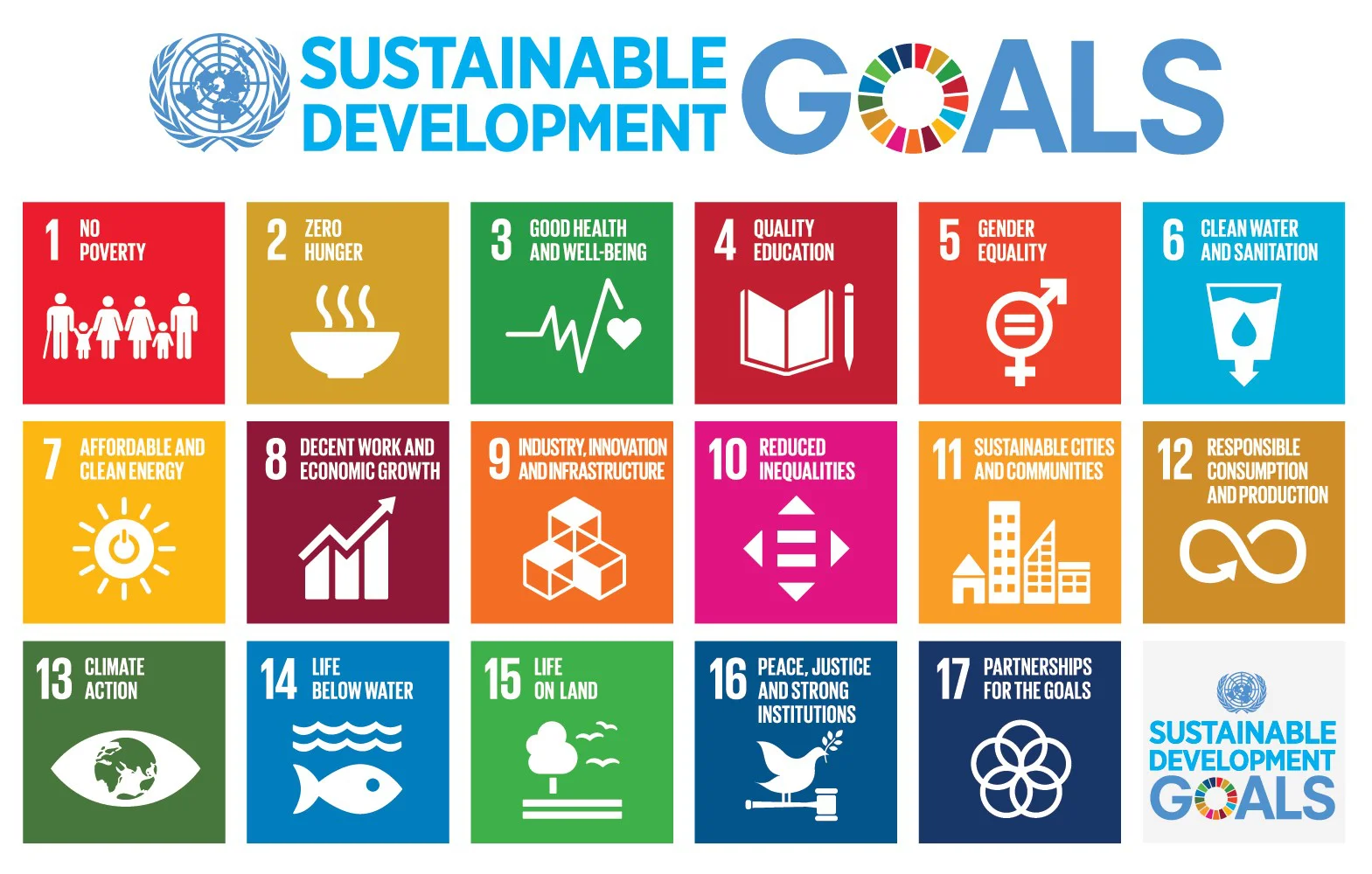Regional Attractiveness
There are many types of assessments of regional attractivity that create rankings from subjective evaluations of a single characteristic to complex solutions (e.g. Human Development index or Gross Domestic Product). These rankings allegedly represent the level of maturity of a country and categorize regions as being prosperous or unsuccessful. In doing so, they tend to create competition which is, however, based on very questionable assumptions about the nature of the evaluated regions. These rankings are also often misused within the framework of political propaganda. To address the shortcomings of such common assessments, we propose a novel approach that divides individual territories into groups based on common characteristics regarding their regional attractiveness. Such an approach can provide a non-conflicting view of the features of regions as a mosaic of homogenous territories, enable more effective cooperation and problem-solving and allow for more effectively targeted and therefore cheaper support.
Regional attractiveness is directly connected with business activities. The assessment of regional attractiveness shows the current level of the business. The quantification of regional attractiveness also illustrates a level of development and potential of the region for incorporation of future business activities. Clear and understandable presentation of regional attractiveness and its components enables more targeted and efficient support of regions, including foreign investments. Several parts of regional attractiveness (such as demographic structure) can uncover market potentials and gaps, which may lead to the development of new business.

As regional attractiveness is a very vague and heterogeneous concept, several perspectives are used for grouping of countries. In our research, we follow the UN Sustainable Development Goals (UN SDGs), and these different aspects enable multi-perspective views on the studied regions as well as cross-domain comparison. Nevertheless, regional attractiveness is so heterogeneous and subjective that it can be targeted on any type of business. Therefore, in our following research we focused on the attractiveness of regions for tourism because tourism is associated with common living conditions and standards, especially in developing countries.

Tourism
Attractiveness of districts in Uganda and Kenya for tourism.

Human Development
Human Development in African countries.
